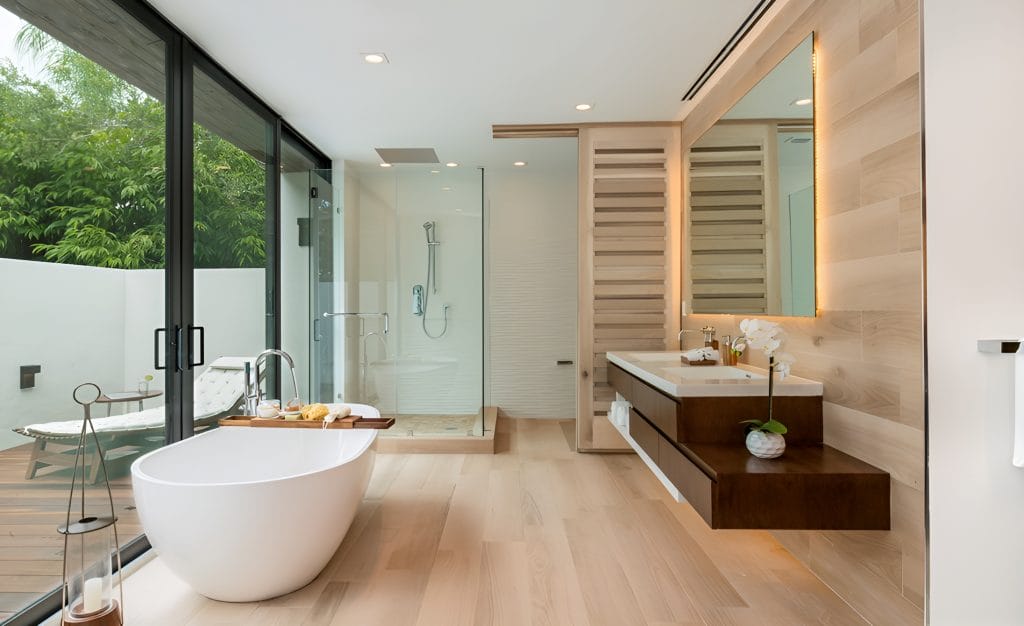
Cost Comparison of Water-Saving Toilets: Make an Informed Choice
Share
In todays rapidly advancing world, incorporating smart solutions into our daily routines has become a necessity. For tech professionals and enthusiasts, grasping the financial implications of these innovations is essential. One area that has garnered considerable attention is the water-saving toilet. As the movement towards sustainable living gains momentum, it is vital to examine both the economic and ecological advantages these toilets provide. This article focuses on the cost comparison of water-saving toilets, highlighting how these modern fixtures can benefit both your wallet and the environment.

Addressing the Urgent Need for Water-Saving Toilets
With water scarcity becoming an increasingly pressing global concern, its important to note that toilet usage accounts for more than 30% of household water consumption. Hence, the necessity for efficient plumbing solutions cannot be overlooked. Water-saving toilets have proven to be a crucial answer to this issue, providing a noteworthy reduction in water use compared to traditional models. This transition not only promotes environmental conservation but also positively affects your monthly water bills.
Deciphering the Cost Dynamics
When evaluating the cost comparison of water-saving toilets, it's crucial to remember that the upfront purchase price is just one aspect of the total cost. Although these toilets initially may cost more than their conventional counterparts, the long-term financial benefits and savings are considerable. According to the EPA's WaterSense program, using a WaterSense-certified toilet can save an average family about 13,000 gallons of water each year, leading to considerable cost savings over time.
Upfront Costs vs. Long-term Savings
The initial investment in a water-saving toilet typically ranges from $100 to $500, with variations based on brand and technology. High-tech variants featuring bidets, heated seats, or smart sensors can fall at the higher end of this spectrum. Nevertheless, the operational savings often justify the initial cost. For instance, if a household saves about $100 annually on their water bill, the toilet can pay for itself in just a few years.
Comparing Different Models
Several types of water-saving toilets are available, each offering unique features and price points. For example, dual-flush toilets allow for two flush options: a low-volume flush for liquid waste and a full-volume flush for solid waste. While these models tend to be pricier, they present greater savings potential. Pressure-assisted toilets use compressed air for enhanced flushing power and are widely recognized for their efficiency and dependability.
The Intersection of Technology and Sustainability
For tech aficionados, the incorporation of technology in water-saving toilets is particularly appealing. Smart toilets are becoming increasingly popular due to their enhanced functionality and user experience. Features such as automatic flushing, self-cleaning capabilities, and apps for monitoring water usage are becoming standard in various models. These advancements not only offer convenience but also promote optimal water use, harmonizing with the principles of sustainable living.
Installation and Maintenance Considerations
Another important aspect of the cost comparison of water-saving toilets is the installation and maintenance costs. Installation fees are often similar to those for standard toilets; however, the maintenance frequency can be reduced due to the high-quality construction and efficiency of these models. Many manufacturers provide warranties and customer support to help alleviate long-term maintenance concerns. For further insights on eco-friendly home solutions, check out our post on green smart homes.
Impact on the Environment
Opting for a water-saving toilet not only benefits your financial situation but also positively impacts the environment. By utilizing less water per flush, these toilets contribute to water conservation, lessening the pressure on local water supplies and shrinking the ecological footprint of your household. This choice supports sustainability efforts and aligns with global initiatives aimed at conserving natural resources for future generations.
Making Informed Choices
When choosing a water-saving toilet, it's essential to consider multiple factors like cost, efficiency, and extra features. By thoroughly engaging in a cost comparison of water-saving toilets, you can make a well-informed decision that aligns with both your financial goals and environmental objectives. For more creative ideas on transforming your existing toilets into more efficient models, visit DIY eco-friendly projects.

Frequently Asked Questions
What are the primary benefits of a water-saving toilet?
Water-saving toilets significantly cut down on water usage, resulting in lower water bills and a positive effect on the environment. They play a vital role in conserving this invaluable resource and contributing to sustainable living practices.
Are water-saving toilets challenging to install?
No, most water-saving toilets are designed with easy installation in mind. They can often be integrated into existing plumbing systems without major modifications, making them an accessible choice for most homeowners. If you're interested in no-plumber options, check no-plumber solutions.
Do water-saving toilets require more maintenance?
Not necessarily. Though they have advanced features, water-saving toilets typically need similar maintenance as standard toilets. Routine cleaning and periodic checks will help maintain their optimal performance. For an in-depth look at the advantages of water-efficient toilets, visit this external link.
For more detailed insights into low-flow toilets, check out HowStuffWorks.
This article contains affiliate links. We may earn a commission at no extra cost to you.
